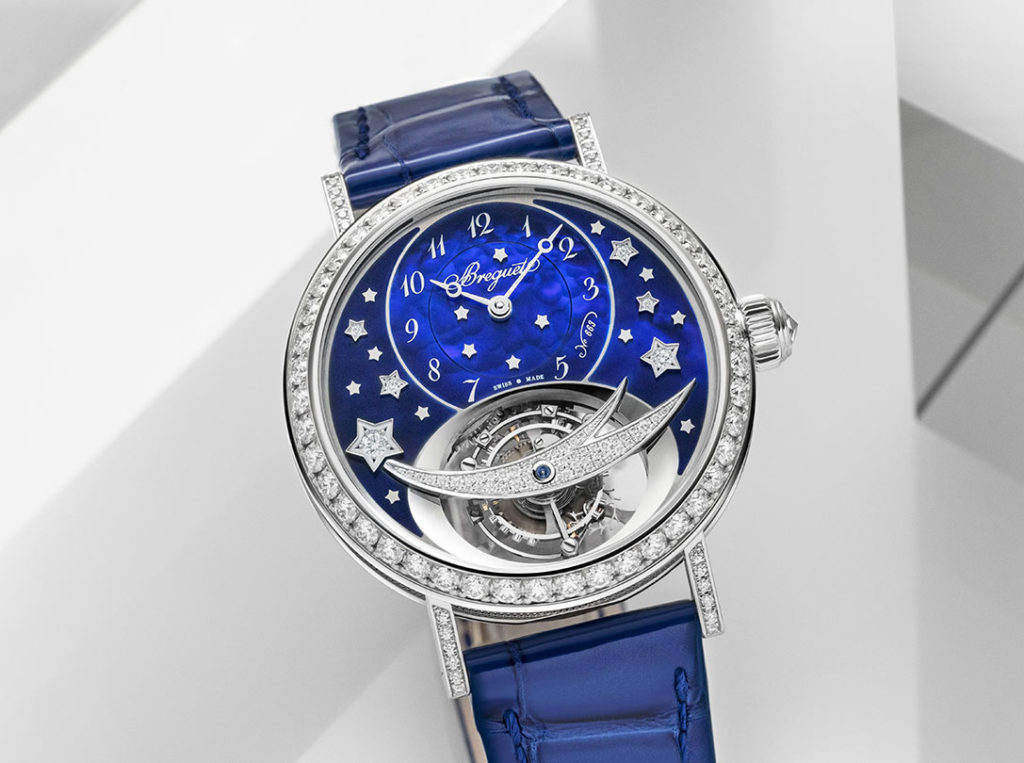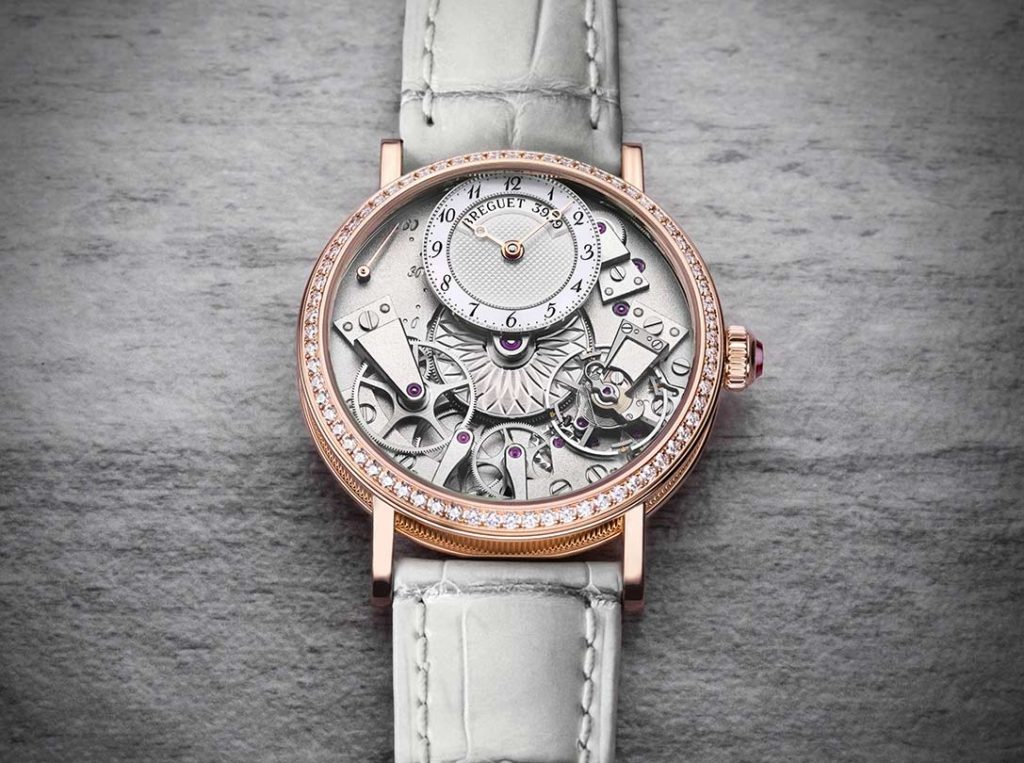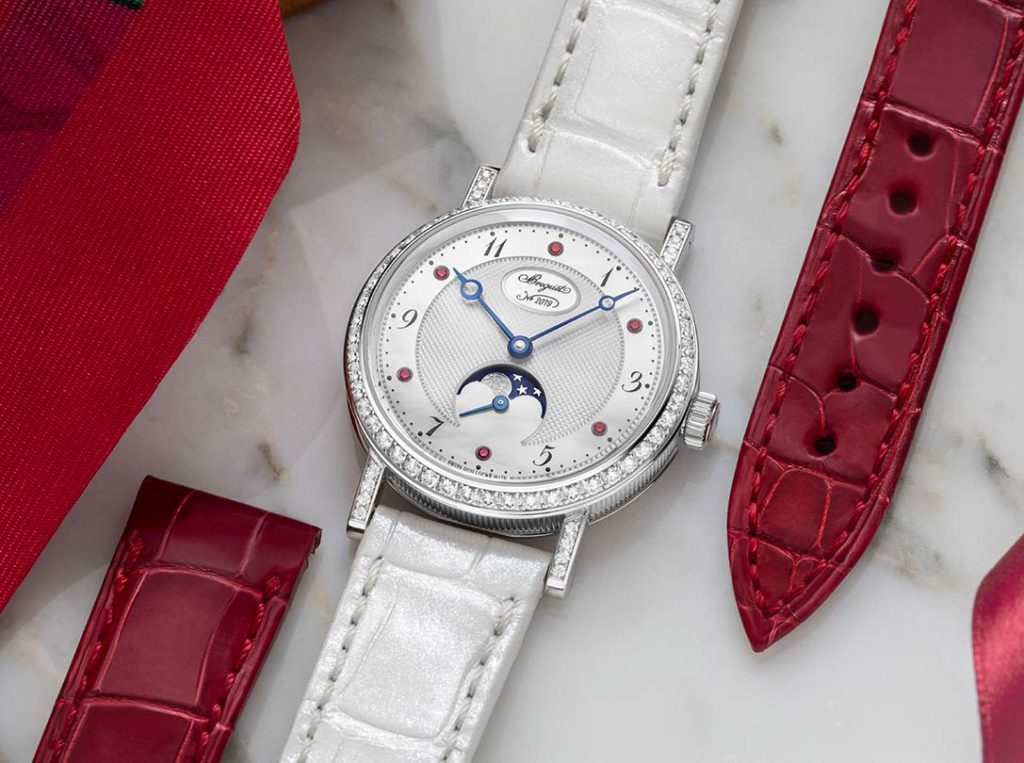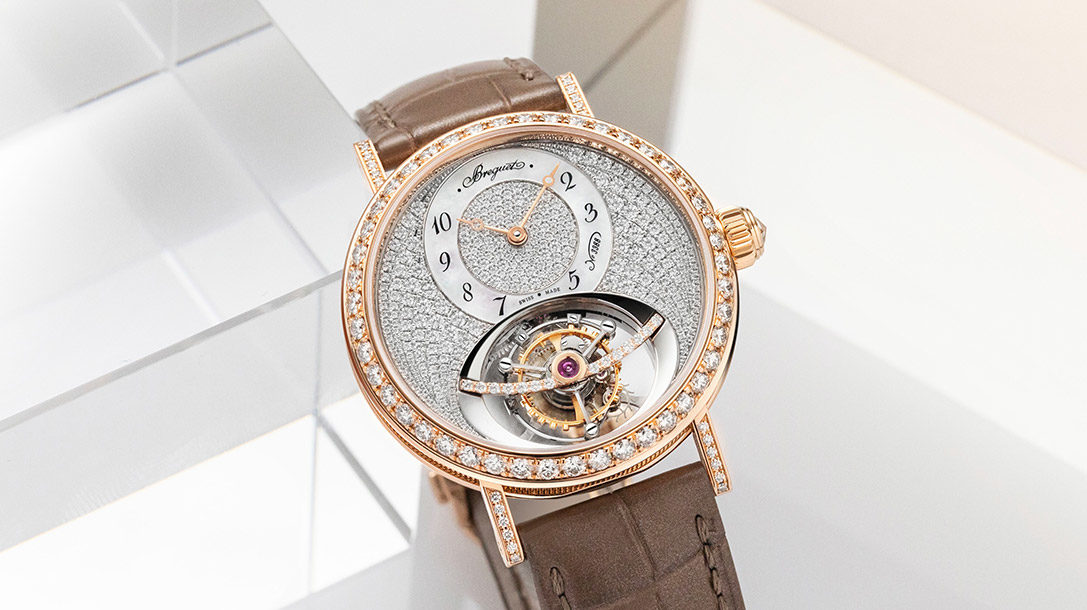
Right from the start, when he was still learning the art of watchmaking in France, the young Abraham-Louis Breguet (1747-1823) stood out for his mechanical aptitude, precocious erudition and rare intelligence. Once established in 1775 in a workshop on the Quai de l’Horloge in Paris, Breguet’s technical inventions and aesthetic language quickly earned him a solid reputation and a prestigious clientele both inside and outside France.
Among the illustrious personalities who bought the work of Abraham-Louis Breguet, famous women were seduced by the instruments he developed: Queen Marie-Antoinette (1755-1793), wife of Louis XVI (1754-1793), Empress Joséphine (1763-1814), then her daughter Hortense (1783-1837) and her sister-in-law Caroline Murat (1782-1839), younger sister of Napoleon I (1769-1821). For the latter, and at her request, the master watchmaker invented the first wristwatch, which he delivered in 1812 and whose main features inspired the Reine de Naples collection almost two centuries later. This family of timepieces, whose personality is so powerful that each model is perfectly identifiable, not least thanks to its oval case, is not the only one to pay tribute to the strong bond between Abraham-Louis Breguet and his customers. Indeed, although the trend is to do away with categories based on gender, the eponymous brand’s offering includes certain timepieces – always mechanical, often adorned with precious stones and sometimes featuring complications – with contained dimensions clearly intended for feminine wrists. The references Classique 9085, 8068, 9087, 9067, Marine 9509, 9517, 9518, or 7035, 7038 from the Tradition family, or, more exceptionally, the extraordinary Les Volants de la Reine, L’Orangerie, among others, are proof of this attachment.


